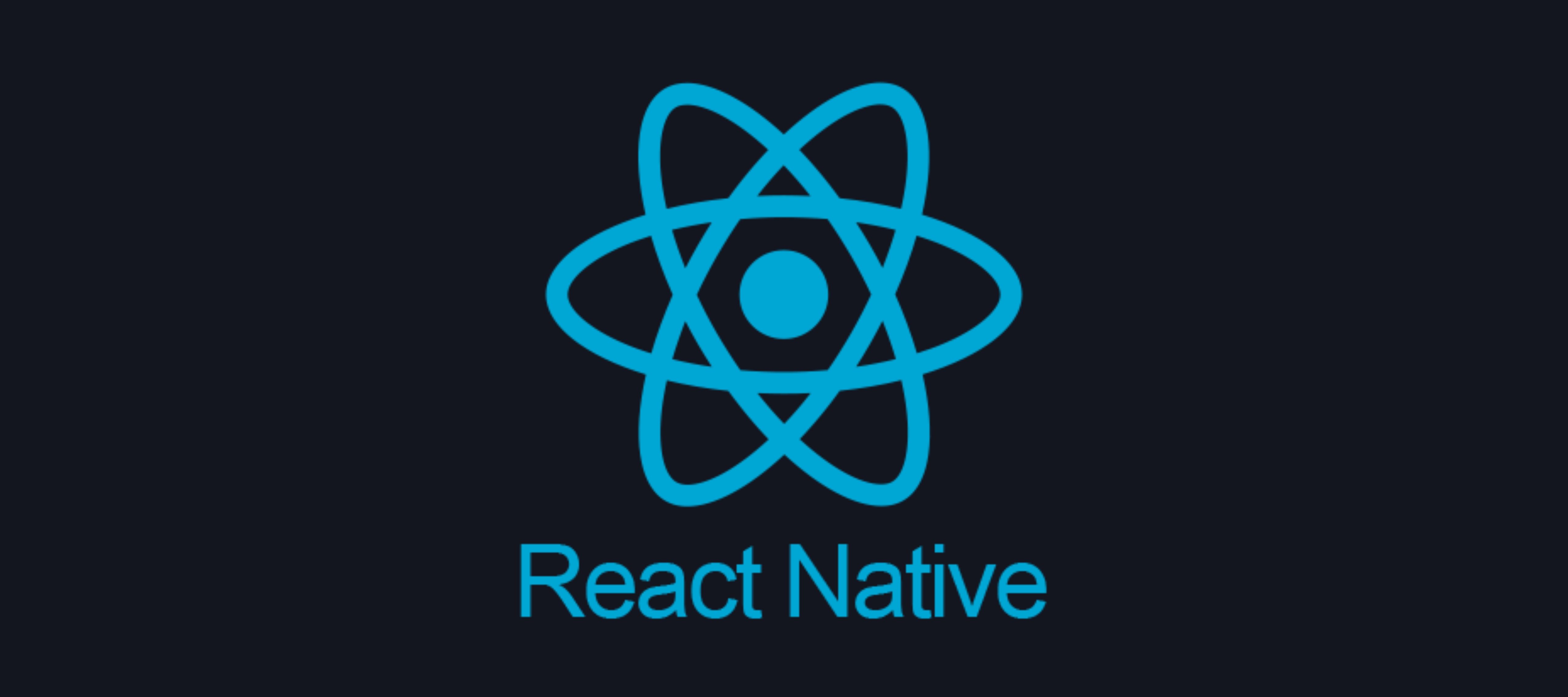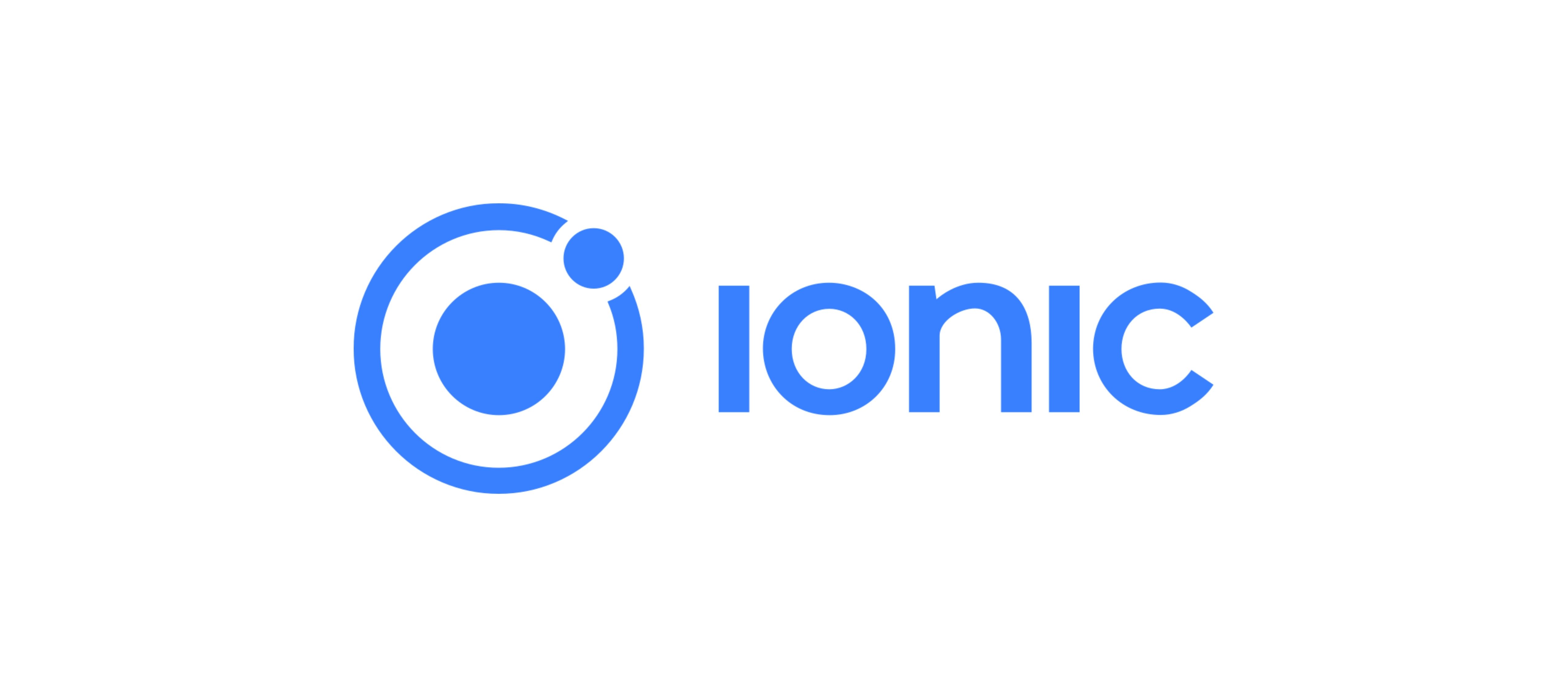Are you a mobile app developer looking for the best open-source tools to enhance your development process? With the increasing demand for mobile apps, it’s crucial to have the right tools in your arsenal to create high-quality and efficient applications.
Mobile app development has become a thriving industry, with developers constantly seeking innovative ways to create powerful and user-friendly apps. Open-source tools have gained popularity among developers due to their flexibility, cost-effectiveness, and collaborative nature. These tools provide developers with the freedom to customize and modify code according to their specific needs.
In the rapidly evolving world of mobile app development, staying up-to-date with the latest open-source tools is essential to deliver cutting-edge applications. Whether you’re a seasoned developer or just starting your journey, this article will introduce you to the best open-source mobile app development tools available, helping you streamline your development process and create exceptional apps.
What Is Open-Source Mobile App Development?
Open-source mobile app development is a software development approach that allows the source code of a mobile application to be freely available for anyone to view, modify, and distribute. This collaborative and transparent approach to development not only promotes innovation and creativity but also fosters community-driven support and enhancement. Open-source mobile app development often relies on a community of developers and contributors who collectively work on the improvement and maintenance of the application, resulting in a more customizable, secure, and cost-effective solution for mobile app development. This approach has gained popularity in recent years, as it enables developers to leverage existing code, tools, and resources, to accelerate the development process and create high-quality mobile applications.

Benefits of Using Open-Source Mobile App Development Tools
Open-source mobile app development tools offer various benefits for developers. Firstly, using open-source tools can result in significant cost savings as there is no need to purchase expensive proprietary software. This is especially beneficial for smaller or independent developers with limited budgets. Additionally, open-source tools provide access to the source code, allowing developers to customize and modify the software to meet their specific needs. This level of flexibility and control is not typically available with closed-source tools.
Furthermore, open-source development fosters collaboration within the developer community. Developers can contribute to and learn from a global network of peers, leading to improved code quality and innovative solutions. The sharing of knowledge and resources can accelerate the development process and result in higher-quality mobile applications.
Some key features of open-source mobile app development software include robust community support, regular updates and enhancements, a wide range of available plugins and extensions, and compatibility with various platforms and devices. Overall, open-source mobile app development tools offer cost savings, customization options, and collaboration opportunities that can greatly benefit developers and result in high-quality mobile applications.
Overview of the Best Open-Source Mobile App Development Tools for Developers
When it comes to open-source mobile app development tools, some of the best options available in the market include React Native, Apache Cordova, and Flutter. React Native allows developers to build mobile applications using only JavaScript. It provides a rich set of features and a strong community, making it a popular choice for many developers.
Apache Cordova, on the other hand, is a mobile app development framework that allows developers to use standard web technologies such as HTML5, CSS3, and JavaScript for cross-platform development. It offers a wide range of plugins and a large community for support.
Flutter is a UI toolkit from Google that enables developers to build natively compiled applications for mobile, web, and desktop from a single codebase. It offers hot reload, a rich set of customizable widgets, and excellent performance.
In terms of comparison, React Native is known for its fast development and hot reload feature, while Apache Cordova is renowned for its ease of use and cross-platform capabilities. Flutter stands out with its beautiful UI and native performance. Based on my experience, each of these open-source mobile app development tools has its own strengths and is suitable for different types of projects and preferences.
React Native
React Native is a popular framework for building native mobile applications using the JavaScript programming language. With its ability to write code once and deploy it across multiple platforms, React Native has become an attractive choice for many mobile app developers. Its efficient development process, ability to create high-performance apps, and strong community support have made it a go-to solution for businesses and developers looking to create mobile applications.

Features of React Native
React Native has a multitude of features that make it a popular choice for mobile app development. One of its key features is the live reload functionality, allowing developers to instantly see the changes they make in the code reflected in the app. This dramatically speeds up the development process.
In addition, React Native offers easy integration with third-party plugins, enabling developers to access a wide range of functionalities without having to build everything from scratch. The robust community behind React Native also contributes to an extensive library of components, making it easier for developers to find and implement pre-built solutions.
Moreover, React Native provides access to native functionalities through native modules, allowing developers to tap into the full potential of the device’s capabilities. Another significant advantage is the ability to maintain a single codebase for both iOS and Android platforms, reducing the duplication of effort and making updates and maintenance more streamlined. This, along with the use of reusable components, leads to rapid development and deployment of mobile applications.
Pros and Cons of React Native
Pros of React Native
- Simultaneous development for iOS and Android, reducing time and effort for cross-platform development.
- Strong community and support for third-party integration, allowing for easy access to additional features and functionalities.
Cons of React Native
- Code reusability can sometimes be limited, requiring platform-specific code for certain features.
- Hot and live reloading functionality can be prone to bugs and inconsistencies.
- Certain advanced features may require native developers, leading to potential limitations in functionality.
Flutter
Flutter is a popular open-source UI software development kit created by Google. It is used to develop applications for mobile, web, and desktop from a single codebase. With its fast development, expressive and flexible UI, and native performance, Flutter has become a go-to choice for many developers.

Features Of Flutter
Flutter, a popular open-source UI toolkit, boasts several key features that make it a preferred choice for mobile app development. One standout feature is its fully customizable widgets, which allow for fast development and seamless UI creation. Additionally, Flutter’s hot reload feature enables developers to quickly make changes to the app interface and see the results in real-time, speeding up the development process.
Another advantage of Flutter is its extensive documentation and video tutorials, which provide comprehensive resources for developers to learn and master the toolkit. This support system ensures that developers can easily access the information they need to create high-quality apps.
One of Flutter’s most significant strengths is its ability to build mobile apps for both Android and iOS platforms, using a single codebase. This cross-platform functionality streamlines the development process and reduces the need for separate app development for each platform.
Pros and Cons Of Flutter
Pros of using Flutter for mobile application development include its robust framework, which allows for faster development and easy maintenance. The rich UI components also make it easy to create visually appealing and interactive applications. Additionally, Flutter’s native compilation capabilities result in high-performance apps with smooth animations.
However, there are some limitations to consider. Flutter has limited access to third-party libraries compared to other frameworks, which can be a drawback when needing to integrate specific functionalities. Another drawback is the need to pay for certain UI components, which can increase development costs.
In terms of the learning curve, Flutter may require some time to master for developers who are new to the framework. Additionally, there may be a need for commercial licenses for certain use cases, which could add to the project’s overall cost.
Apache Cordova
Apache Cordova, previously known as PhoneGap, is an open-source software platform that allows developers to build mobile applications using HTML, CSS, and JavaScript. It provides a consistent set of APIs to access device capabilities across different mobile operating systems, making it a popular choice for cross-platform mobile app development. Its versatility and ease of use have made it a go-to tool for developers looking to create seamless and native-like mobile experiences.

Features Of Apache Cordova
Apache Cordova is a powerful mobile development framework with several key features that make it a popular choice among developers. One of its standout capabilities is its ability to easily integrate multiple libraries, allowing developers to leverage a wide range of tools and resources to enhance their app development process. Additionally, Apache Cordova supports a single code base for multiple platforms, enabling developers to write once and deploy across different operating systems, saving time and resources.
Another major highlight of Apache Cordova is its rapid testing and development capabilities, allowing for quick debugging and build cycles. This rapid iteration process is essential for meeting tight deadlines and delivering high-quality apps. Furthermore, Apache Cordova provides robust support for third-party development tools, giving developers the flexibility to use their preferred technologies and workflows.
Overall, Apache Cordova offers a versatile and efficient development environment for creating cross-platform mobile apps, making it a top choice for teams looking to streamline their app development process and deliver exceptional user experiences.
Pros and Cons Of Apache Cordova
Pros:
- Robust framework: Apache Cordova provides a strong foundation for building web and mobile applications with a single codebase, saving time and effort for developers.
- Extensive theme support: The platform offers a wide range of themes, enabling developers to create visually appealing and customizable apps that cater to different user preferences.
Cons:
- Commercial license for certain features: Some advanced features of Apache Cordova require a commercial license, which can be a drawback for developers looking to access these capabilities without additional costs.
- Steeper learning curve: For developers new to the Sencha Ext JS framework, there might be a steeper learning curve when using Apache Cordova due to the complexity of integrating this technology with the platform.
Ionic
The ionic framework is a powerful and popular open-source mobile UI toolkit for building high-quality, cross-platform applications. With a focus on performance, speed, and ease of use, Ionic provides a comprehensive set of tools and components for creating beautiful and interactive mobile applications. From its robust library of pre-designed components to its seamless integration with popular frontend frameworks like Angular, Ionic offers developers a versatile and efficient platform for building stunning mobile apps.

Features Of Ionic
Ionic is a popular framework for building high-quality, interactive mobile applications. Its key features include the ability to run on a mix of web and native codes, allowing for seamless integration and performance. Ionic also offers interactive typography and mobile components, providing a visually appealing and user-friendly interface for app development. Additionally, developers have access to more than 100 plugins, offering a wide range of functionalities and features to enhance their apps.
While Ionic provides integration options, it does not offer hot reloading, which may impact the development process. However, the framework encompasses a wide range of integration capabilities, allowing developers to easily connect their apps to various services and platforms. Some features may come under the paid structure, but Ionic also offers continuous support and unique solutions to help developers overcome any challenges they may face during the development process.
Overall, Ionic is a powerful and versatile framework that provides the tools and resources necessary to create high-quality mobile applications with seamless integration and a visually appealing interface.
Pros and Cons Of Ionic
Ionic offers a robust framework for building web and mobile applications, providing developers with a rich library of UI components and a comprehensive data package. Its framework allows for quick and efficient development, making it a popular choice among developers. The rich UI components also help in creating visually appealing and interactive applications.
However, one major downside of Ionic is its steep learning curve. As a complex framework, it may take time for developers to fully grasp the concepts and best practices of Ionic. Additionally, while Ionic is open-source, certain features and plugins require a commercial license, which could be a limitation for smaller businesses or independent developers.
NativeScript
NativeScript is a cross-platform framework that allows developers to build native mobile applications using JavaScript, Angular, or Vue.js. With its ability to access native APIs and UI components, NativeScript provides a seamless development experience for creating high-performance mobile apps. This open-source framework enables developers to write code once and deploy it to both iOS and Android platforms, saving time and resources. By leveraging the power of JavaScript and the flexibility of native development, NativeScript empowers developers to deliver immersive and feature-rich mobile experiences.

Features Of NativeScript
NativeScript is a powerful open-source framework that offers several key features for developers. One of the most significant capabilities of NativeScript is its ability to build iOS, Android, and web apps from a single codebase, saving time and effort for developers. In addition, NativeScript provides direct access to native platform APIs, allowing developers to utilize the full potential of each platform’s capabilities.
Another key feature of NativeScript is its rich UI components, which enable the creation of visually appealing and user-friendly interfaces. The framework also supports hot reloading, allowing developers to see instant changes to the app during the development process, improving efficiency and speed.
Furthermore, NativeScript offers seamless integration with popular development tools, making it easy for developers to work with their preferred tools and resources. With NativeScript’s wide range of features and capabilities, developers can create high-quality and feature-rich apps for various platforms with ease.
Pros and Cons Of NativeScript
Pros of using NativeScript:
- Native-Like Experiences: NativeScript allows developers to build truly native mobile apps for iOS and Android, providing a seamless and high-performance user experience.
- Language Flexibility: Developers can use JavaScript, TypeScript, Vue.js, or Angular to build mobile apps, offering flexibility and familiarity for a wide range of developers.
- Strong Community Backing: NativeScript has a strong community of developers and contributors, offering a wealth of resources, tutorials, and support for those using the framework.
Cons of using NativeScript:
- Steeper Learning Curve: For developers unfamiliar with JavaScript, TypeScript, Vue.js, or Angular, there may be a learning curve when using NativeScript.
- Limited Native Functionality: While NativeScript provides access to native APIs, there may be limitations in accessing all the features and functionalities of the underlying platform.
- Performance Overhead: Using a framework like NativeScript may introduce some performance overhead compared to building apps directly in the native language of the platform.
Conclusion
In conclusion, there are a plethora of open-source mobile app development tools available to developers. Depending on the needs of your project, you can choose from many tools that suit your particular requirements. Whether you’re looking for a cross-platform tool, an integrated development environment (IDE), or something else entirely, there’s sure to be the perfect solution for your next mobile app. With so many options out there, it’s easy to find a tool that meets your needs and helps you create the best mobile experience possible.
